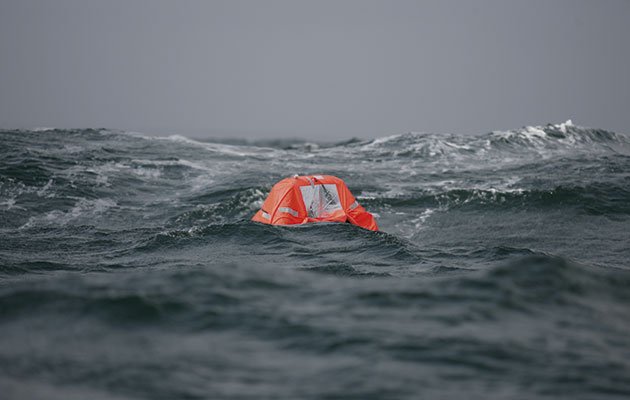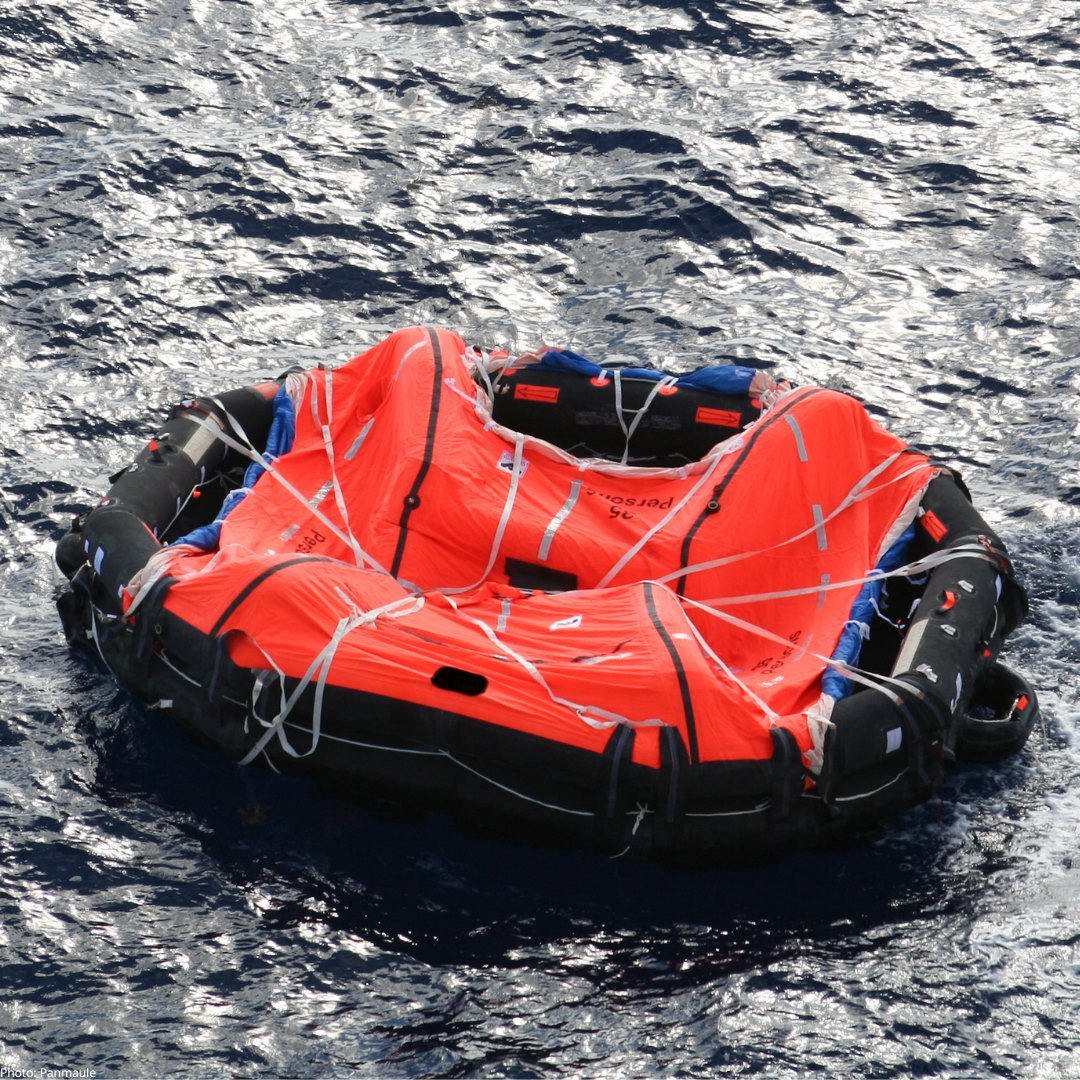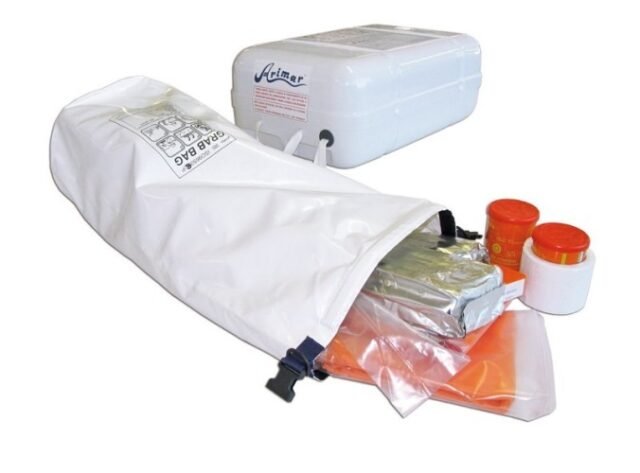| Authors of the photos: Graham Snook/Yachting Monthly, Panmaule, Lalizas
Today, let’s talk about liferafts. When outfitting a yacht, sooner or later, you will need to choose a liferaft as the last resort in case of an emergency. Therefore, it’s important not only to choose the brand but also to understand what exactly you are buying. Key Differences in LiferaftsThe main differences in liferafts lie in their configuration and their ability to right themselves, which is why rafts are divided into regular and self-righting. This is a crucial feature. When a raft is dropped into the water, it should set itself up properly. Similarly, if a self-righting raft is flipped by a wave, it is easier to restore to its normal position.
All rafts for non-commercial vessels are manufactured according to ISO-9650 standards. There are differences in the quality of materials and components, but all of them are certified. Some manufacturers obtain additional certifications from ISAF, RORC, etc., but essentially, they are all similar. Main Differences in ConfigurationThe main difference lies in the configuration, i.e., what is inside the raft. There are three groups for recreational vessels: -24 hours, +24 hours, and SOLAS-B configuration. The first differs from the second by adding a Grab Bag, an additional bag of supplies that is loaded into the raft separately. It is assumed that the crew for whom the raft is designed will be on the raft for less than 24 hours or more, which slightly changes the configuration of the raft: -24 Hour Pack
+24 Hour Pack
Grab Bag
SOLAS B Pack
Cost and Quality Considerations There are many manufacturers, and prices vary significantly. The same raft can cost from 800 to 2000 euros. One of the leaders in terms of quality and price is the Greek company Lalizas, although its products are primarily used by commercial vessels. Lalizas also equips pilot and coast guard vessels with its rescue equipment. Additionally, it is one of the few manufacturers that produce liferafts in Greece, so there is no doubt about the reliability of its products.
The most well-known brands of liferafts for recreational or charter boats and yachts are LALIZAS ISO ATLANTIC and LALIZAS SEAWORLD. You can purchase Lalizas liferafts of any model and in any quantity at wholesale prices from the Gaelix Marine Service online store. Packaging Type and Storage MethodAnother characteristic of a liferaft to consider when purchasing is the type of packaging and storage method. Liferafts can come packed in a plastic container or in a soft valise. The choice depends on your boat and whether there is space to install a container or if it is more convenient to store a valise.
Both types of packaging have their advantages and disadvantages. Usually, the container is installed permanently in a special stainless steel bracket on the stern or on the cabin roof. It is assumed that the raft will be dropped overboard from this bracket, and if a hydrostatic release is installed, the raft should float to the surface if the yacht sinks. However, while this is clear for the stern, throwing a raft weighing about 40 kg in a slippery plastic container from the bow deck, especially in waves and for an exhausted person, is not an easy task. A liferaft in a bag is certainly lighter. It can be stored in a cockpit locker or a special stern locker. It is easier to carry to the leeward side or another convenient place, but launching it will take a bit more time than throwing a liferaft from a stern bracket. Lifespan and ServicingAnother important parameter of a liferaft is its guaranteed storage period, which usually ranges from 3 to 6 years depending on the manufacturer. Before the expiration date, the liferaft must be taken to a service company, which will repackage the raft, replace the air cylinder, pyrotechnics, and supplies. This operation usually costs around 300-500 euros and takes a few days. Why Timely Repackaging is ImportantIt’s crucial to perform timely repackaging because if you ever need to use the liferaft, it might be a one-time necessity. If the raft fails to inflate, there’s no point in having carried it for years. Therefore, if you have a liferaft on board, it must always be in working condition. This also applies to automatic inflatable life jackets, which are very popular among yachtsmen, but that’s a topic for another time. I hope you never need to use your liferaft. |





